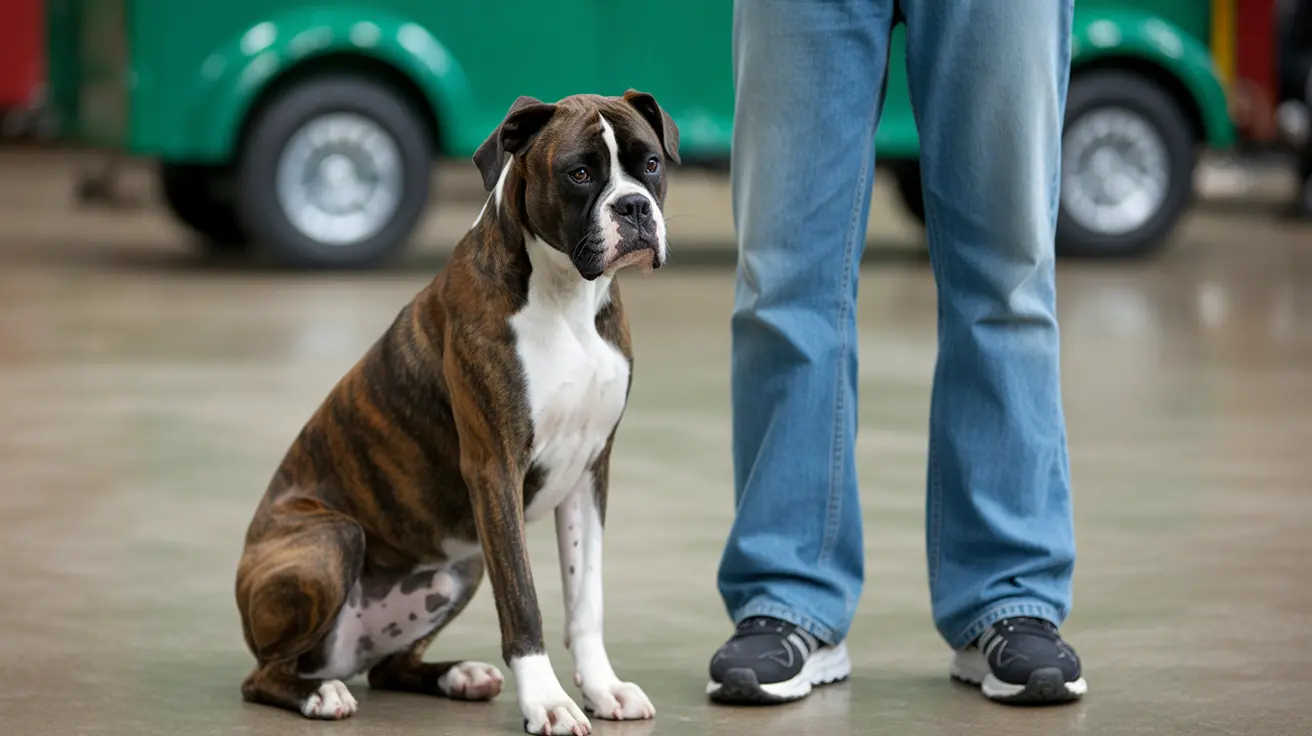Dog shedding can be a frustrating challenge for pet owners, turning your home into a fur-covered landscape. Whether you have a short-haired Beagle or a fluffy Husky, managing dog shedding is crucial for maintaining a clean home and your dog's overall health. In this comprehensive guide, we'll explore proven strategies to minimize shedding and keep your furry friend looking and feeling their best.
Understanding Dog Shedding Basics
Dog shedding is a natural process where dogs lose old or damaged hair to make way for new coat growth. While some shedding is normal, excessive hair loss can be a sign of underlying health issues or improper care. Different breeds shed differently, with some dogs losing minimal hair and others seemingly leaving a fur carpet everywhere they go.
Essential Grooming Techniques to Reduce Shedding
Daily Brushing: Your First Line of Defense
Regular brushing is the most effective way to control dog shedding. By implementing a consistent grooming routine, you can:
- Capture loose hair before it spreads around your home
- Distribute natural oils throughout your dog's coat
- Stimulate skin health and promote a shiny, healthy coat
- Reduce the amount of hair shed on furniture and clothing
Invest in a quality deshedding tool like the Furminator, which is designed to remove loose undercoat hair effectively. Aim to brush your dog daily or at least every other day, preferably outside to minimize indoor mess.
Bathing and Professional Grooming Strategies
Proper bathing plays a crucial role in managing shedding. Use deshedding shampoos and conditioners that help loosen and remove excess hair while nourishing the skin. However, be careful not to over-bathe your dog, as this can strip natural oils and potentially increase shedding.
Consider professional grooming services, especially for breeds with thick or double coats. Professional groomers have specialized tools and techniques to manage shedding more effectively than home grooming alone.
Nutrition: The Internal Approach to Shedding Control
What your dog eats directly impacts their coat health and shedding levels. A high-quality diet rich in essential nutrients can significantly reduce excessive shedding.
Key Nutritional Strategies
- Choose dog food with high-quality protein sources
- Add omega-3 fatty acid supplements to improve coat health
- Ensure your dog stays well-hydrated
- Consider supplements that support skin and coat health
Fish oil supplements are particularly effective in reducing shedding and promoting a glossy, healthy coat. Consult with your veterinarian to determine the right nutritional plan for your specific dog breed.
Home Maintenance Tips for Managing Dog Hair
Even with excellent grooming and nutrition, some dog hair is inevitable. Implement these home maintenance strategies to keep your living space clean:
- Invest in a high-quality pet hair vacuum
- Use lint rollers on furniture and clothing
- Consider washable furniture covers
- Create designated dog areas with easy-to-clean surfaces
Frequently Asked Questions
Why do dogs shed so much, and how can I manage it?
Shedding is a natural process influenced by breed, season, diet, and overall health. Regular grooming, proper nutrition, and maintaining a consistent care routine can help manage shedding effectively.
What is the best way to brush my dog to reduce shedding?
Use a deshedding tool appropriate for your dog's coat type, brush in the direction of hair growth, and be gentle but thorough. Outdoor brushing helps contain loose hair and makes cleanup easier.
Can a dog's diet affect their shedding, and what nutrients help?
Yes, diet significantly impacts shedding. Omega-3 fatty acids, high-quality proteins, and balanced nutrition can reduce excessive shedding and promote a healthy coat.
How often should I bathe my dog to control shedding without drying out their skin?
Bathing frequency depends on breed and lifestyle, but most dogs benefit from bathing every 4-6 weeks using gentle, moisturizing shampoos. Over-bathing can dry out skin and potentially increase shedding.
What are signs that my dog's shedding is abnormal, and when should I consult a vet?
Abnormal shedding includes sudden hair loss, bald patches, skin irritation, or shedding accompanied by other symptoms like lethargy or changes in appetite. If you notice these signs, consult your veterinarian promptly.






